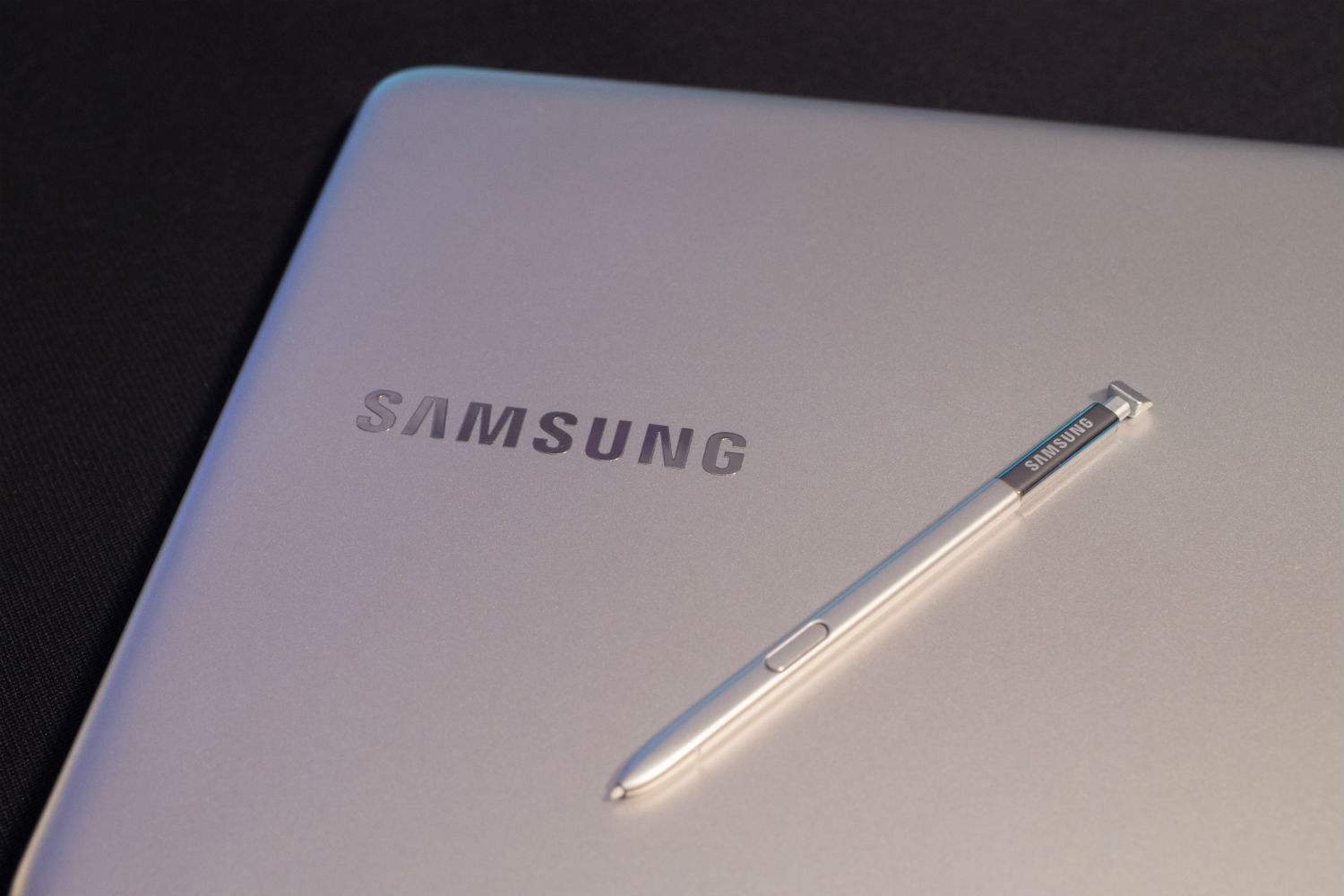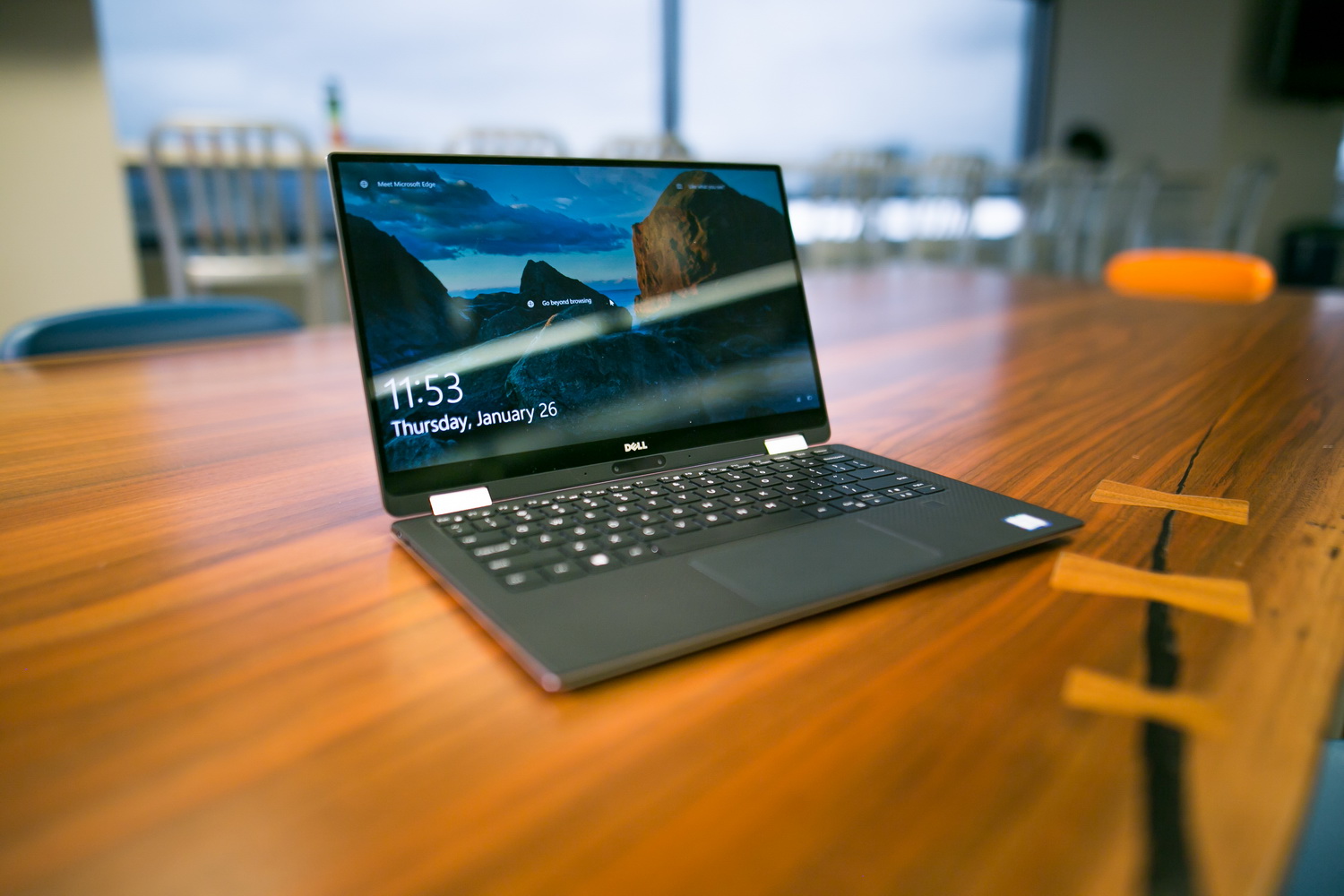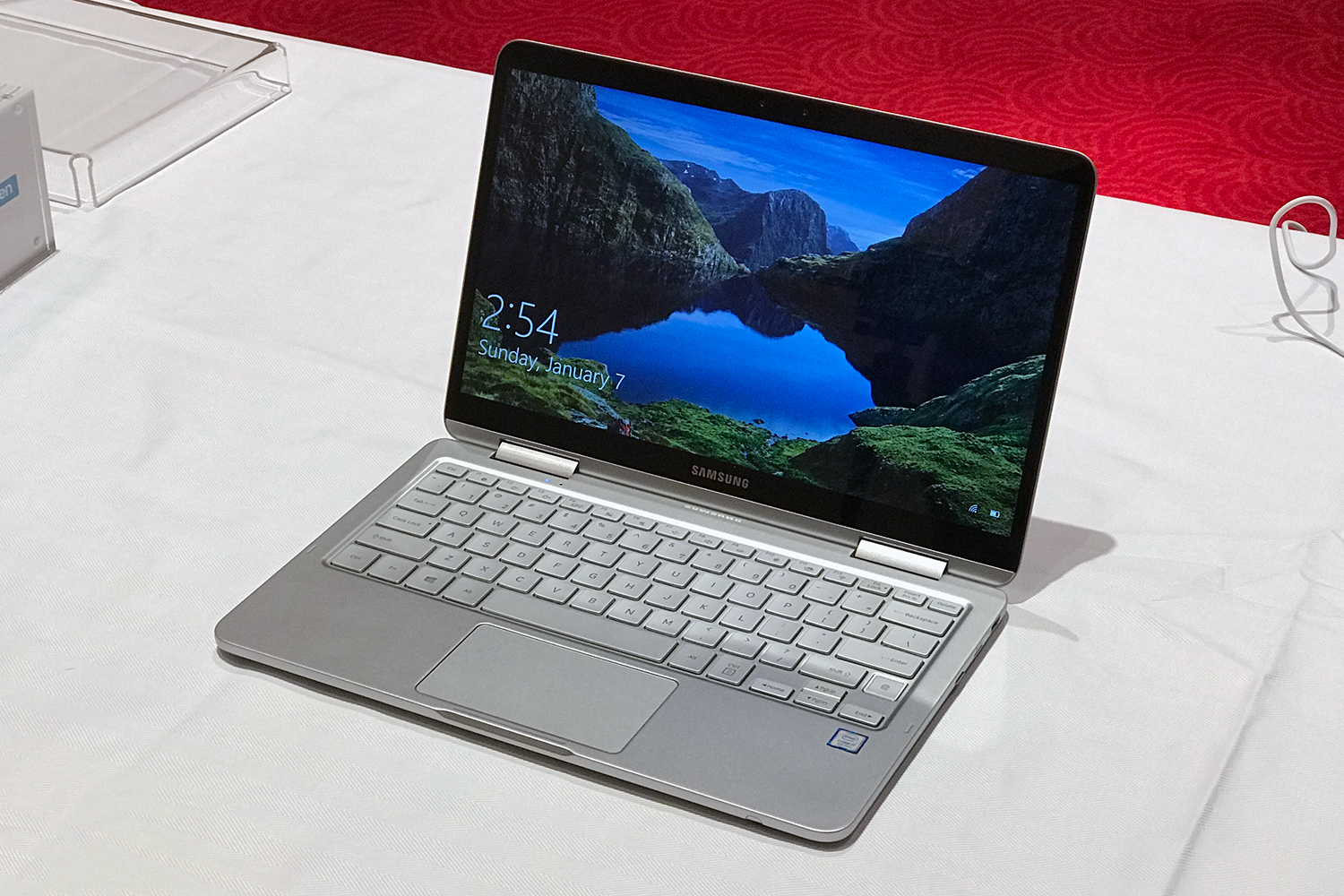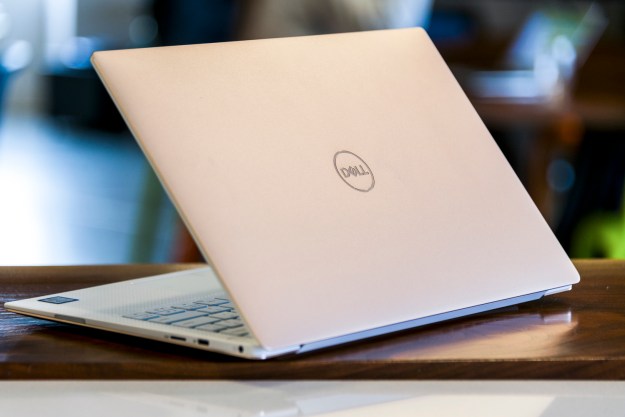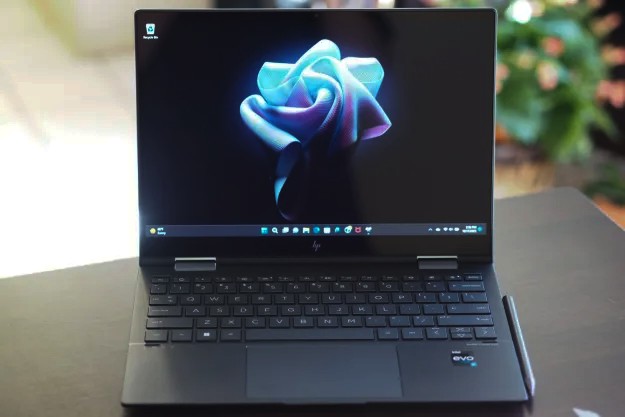Dell and Samsung have both been players in this market, with the former’s primary offering, the XPS 13 2-in-1, becoming a bit dated at this point while the latter has just rolled out its newest editions. We therefore thought it good to to run a a Samsung Notebook 9 Pen vs Dell XPS 13 2-in-1 shootout to see if and older machine can hold its own.
|
Dell XPS 13 2-in-1 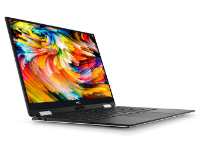 |
Samsung Notebook 9 Pen 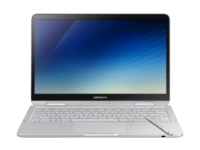 |
|
| Dimensions | 11.98 x 7.8 x 0.54-0.32 inches | 12.2 x 8.1 x 0.57-0.64 in |
| Weight | 2.7 pounds | 2.19 pounds |
| Processor | 7th Generation Intel Core i5 or i7 Y-Series dual-core | Up to eighth-generation Intel Core i7 |
| RAM | Up to 16GB | Up to 16GB |
| Display | 13.3-inch IPS touchscreen | 13.3-inch IPS touchscreen |
| Resolution | Full HD (1,920 x 1,080) or QHD+ (3,200 x 1,800) | Full HD (1,920 x 1,080) |
| Storage | Up to 1TB PCIe SSD | Up to 512GB PCIe SSD |
| Networking | 802.11ac 2×2, Bluetooth 4.2 | 802.11ac 2×2, Bluetooth 4.2 |
| Ports | 1 x USB-C 3.1, 1 x USB Type-C with Thunderbolt 3, microSD reader, 3.5mm combo jack | 1 x USB-A 3.0, 1 x USB-C, HDMI, microSD card reader, 3.5mm combo jack |
| Windows Hello |
Infrared facial recognition Fingerprint reader |
Infrared facial recognition Fingerprint reader |
| Operating System | Windows 10 | Windows 10 |
| Battery | 46 watt-hours | 39 watt-hours |
| Price | $1,000+ | $1,400+ |
| Availability | Available now | Coming soon |
| Review | 4 out of 5 stars | Coming soon |
Design
The Dell XPS 13 2-in-1 was clearly designed with one of the best 13-inch traditional notebooks on the market in mind. It bears a very strong resemblance to the the XPS 13, with the same ultrathin bezels, a similar aluminum lid and base, and a keyboard deck constructed of comfortable — and rigid — carbon fiber. If you look at the XPS 13 2-in-1 and the XPS 13 side by side, only the highly functional 360-degree hinge and a slightly thinner chassis gives away the 2-in-1 version.
It’s an attractive, conservative design that doesn’t break any new ground (unlike the very latest version of the XPS 13), and it doesn’t really need to. Dell’s philosophy with the XPS 13 2-in-1 was clearly, “if it’s not broke, don’t fix it,” and we can’t say it’s a terrible idea.
Interestingly, Samsung took a similar approach with its Notebook 9 Pen. It, too, isn’t greatly changed from its previous versions, with a similar durable and light silver magnesium chassis and conservative look. The bezels are small, as is typical with modern notebooks, but not so minuscule as the Dell’s, and we can’t really complain about the aesthetics — it’s just that it really doesn’t stand out in a crowded market.
At the same time, although we can’t really fault the Notebook 9 Pen’s build quality, it does suffer from some flex that we don’t see in the XPS 13. Its magnesium frame is strong enough, but it also makes the notebook so light that it feels a bit plasticy. Couple that with a bit more thickness and the Samsung just doesn’t seem as robust.
We think the Dell is the better looking machine and it’s more solid in the hand. It gets the win in this category.
Winner: Dell XPS 13 2-in-1
Performance
Introduced in January 2017, the Dell XPS 13 2-in-1 still uses seventh-generation Core “Y-Series” processors. Previously known as Core M, the Y-Series CPUs are low-powered dual-core processors that offer reduced performance over the “full” Core line in exchange for better efficiency and lower heat output. Options include Core i5-7Y54 and Core i7-7Y75 CPUs, and the XPS 2-in-1 can be configured with up to 16GB of RAM and up a 1TB solid-state drive (SSD). Dell has improved on the usual Y-Series with a special Dynamic Power Mode that boosts performance for short periods of time. We found that the extra burst of power helped, but it didn’t quite close the gap with full-power Core processors.
The Samsung Notebook 9 Pen ups the performance considerably, with eighth-generation quad-core Intel Core processors, up to the Core i7-8550U, that are significantly faster than the Y-Series and competitively efficient when running the usual productivity tasks. Buyers can also equip the Notebook 9 Pen with up to 16GB, although storage maxes out at 512GB. We did notice in our testing that Samsung didn’t quite get the thermal design down pat with their 2-in-1, and so it runs a bit hotter and louder than we expected.
Simply put, the Notebook 9 Pen is heads and shoulders above the Dell XPS 13 in terms of sheer performance. This will matter most if you need any kind of serious power for more demanding tasks like video editing, and we’d feel remiss if we failed to assign this win to Samsung.
Winner: Samsung Notebook 9 Pen
Keyboard, Mouse, and Pen
The Dell XPS 13 2-in-1 has a comfortable keyboard that offers excellent key travel and a precise typing feel. Given the 2-in-1’s diminutive size, the keyboard does compromise the key layout a bit, including a smaller-than-usual backspace key. Keyboards on such thin and light machines sometimes sacrifice the typing experience, but that’s not the case with the Dell. The touchpad, however, was responsive and supports the Microsoft Precision protocol — although it’s a bit on the small side. Finally, the XPS 13 2-in-1 supports the Dell active pen, which offers 2,048 levels of pressure sensitivity and Windows Ink support.
The Samsung Notebook 9 Pen’s keyboard, on the other hand, was underwhelming. It offers sufficient key travel, but the bottoming action is soft and feels imprecise. We went so far as to call it “squishy” in our review. The Microsoft Precision touchpad is also a bit small, and so also a disappointment. Samsung did equip the 2-in-1 with its S Pen utilities and a very small pen (with 4,096 levels of pressure) that’s pulled from the Note 8. We liked the software but didn’t like the pen’s physical design quite as much.
Finally, both machines support Windows 10 Hello login via both fingerprint scanner and infrared facial recognition. All in all, we think the Dell’s superior keyboard gives it a slight advantage.
Winner: Dell XPS 13 2-in-1
Connectivity
The XPS 13 2-in-1 gives up the past almost completely, offering just two USB-C 3.1 connections, one of which supports Thunderbolt 3 with four lanes of PCIe Gen 3 available. That’s promising for anyone who wants to connect an external GPU for gaming. The only nods to legacy support include a microSD card slot and a 3.5mm headset jack.
The Notebook 9 Pen is much more backwards-looking, offering a USB-A 3.0 port, a USB-C 3.1 Gen1 port, and an HDMI port to go with a microSD card reader and a 3.5mm headset jack. There’s no Thunderbolt 3 support, unfortunately, limiting the notebooks future connectivity options.
We don’t like the Dell’s need to use dongles to connect old-school peripherals, but we like the Samsung’s lack of Thunderbolt 3 even less. We’ll give the win to the XPS 13 2-in-1 here, but grudgingly.
Winner: Dell XPS 13 2-in-1
Display
The Dell XPS 13 2-in-1 has two 13.3-inch displays available, Full HD version and a higher-resolution QHD+ (3,200 x 1,800) display, that are likely the same as the ones found in the XPS 13. The Full HD model had excellent contrast and solid color gamut coverage in our testing, but color accuracy was just average and brightness was a bit worse than average.
The Samsung’s Full HD 13.3-inch display was even better in terms of color gamut support, and its accuracy was also higher. Contrast was significantly lower, however, although brightness was considerably better. The Notebook 9 Pen’s display was pleasant to use, but nothing particularly spectacular.
Neither display was anything special, and we’re hard-pressed to assign a winner in this category.
Winner: Tie
Portability
The Dell XPS 13 2-in-1 is a thin and light machine, weighing 2.7 pounds and tapering from 0.54 inches to 0.32 inches thick. The battery is significantly smaller than its XPS 13 notebook sibling, at 46 watt-hours versus 60 watt-hours, but it enjoys the efficiency benefits afforded by the low-power Y-Series CPUs.
The Samsung Notebook 9 Pen is a significantly thinner at 2.19 pounds but a bit thicker at 0.64 inches. It packs in a smaller battery at 39 watt-hours and uses higher-power quad-core CPUs. You’d think the Dell would be a clear battery leader.
As it turns out, the Samsung lasted almost four hours longer when looping video, something that doesn’t surprise us given the eighth-generation Intel Core processors’ battery-sipping nature in low-demand tasks. At the same time, the XPS 13 2-in-1 lasted more than three hours longer when browsing the web. So it would appear that the more power-intensive the process, the more the Dell benefits from its low-power processors.
The Dell is thinner but considerably heavier, and its battery lasts longer for more intensive tasks but the Samsung wins out when the computing tasks aren’t so demanding. We’ll give a slight win to the Notebook 9 Pen for just out light it is for use in tablet mode.
Winner: Samsung Notebook 9 Pen
Pricing and availability
Dell’s pricing on the XPS 13 2-in-1 has a relatively low entry price, at $1,000, but that’s for a fairly entry-level configuration with a Core i5-7Y54, only 4GB of RAM, and a measly 128GB SSD. With a Core i7-7Y75 CPU, 8GB of
The Samsung Notebook 9 Pen starts out with a higher-end configuration with a Core i7-8550U, 8GB of RAM, and 256GB SSD is priced at $1,400. That means that there isn’t a lower-priced option, and the Samsung is a bit of a premium over the Dell even when similarly configured.
Neither 2-in-1 is exactly a budget convertible 2-in-1, but the Dell starts out lower and is $100 less than the Samsung when similarly configured.
Winner: Dell XPS 2-in-1
A slight nod to the Samsung Notebook 9 Pen
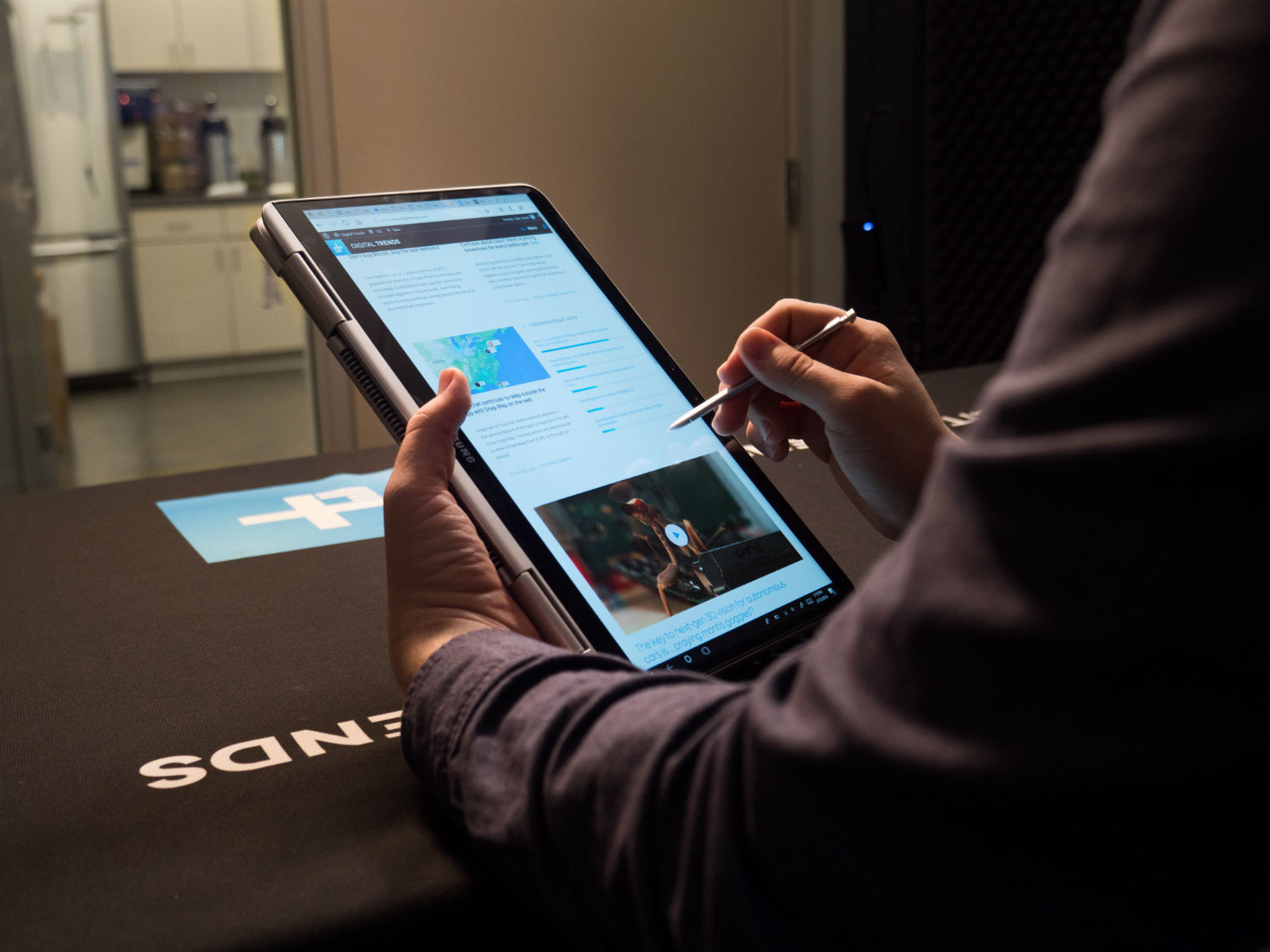
The Dell XPS 13 2-in-1 was a nice machine when it was introduced at the beginning of 2017, but it hasn’t aged quite so well. It’s better looking than the Samsung Notebook 9 Pen, but it’s also considerably slower with any real battery life advantages. And, the Samsung offers the nifty S Pen utilities that, although mated with a lesser physical pen, are still nice to have.
It’s not the most convincing of wins, but we think the newer Notebook 9 Pen benefits from having some better components that tip the scales ever so slightly in its favor. We’ll give it the win, but not by much — and if Dell updates the XPS 13 2-in-1 with a newer CPU, then this battle would turn out differently.
Editors' Recommendations
- Best Dell XPS deals: Save on Dell XPS 13, Dell XPS 15 and Dell XPS 17
- The best 2-in-1 gaming laptops for 2024
- Dell just hit reset on the XPS
- Dell XPS 15 vs. XPS 17: high-performance siblings duke it out
- Why the latest ThinkPad X1 Yoga Gen 8 isn’t worth the upgrade
